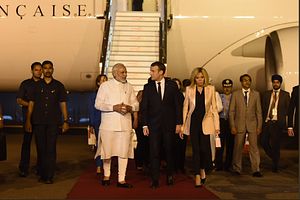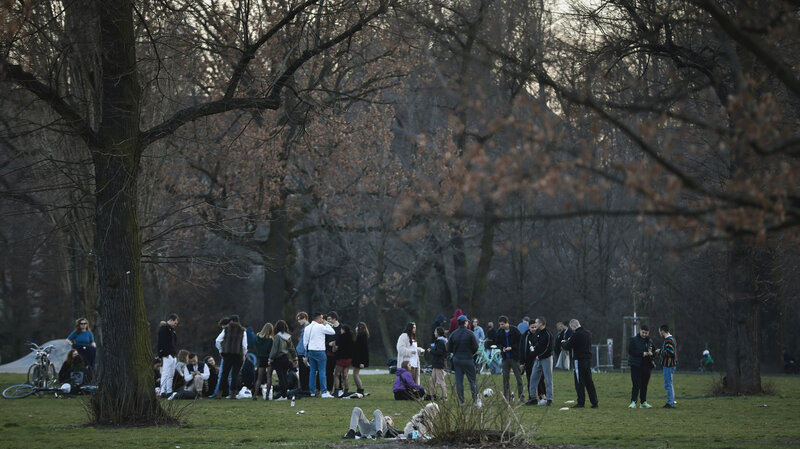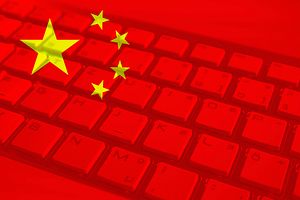John Allen and Michael E. O’Hanlon
Secretary of State Mike Pompeo has just returned from an emergency trip to Afghanistan. His mission there did not center on the war against the Taliban, the peace process with the Taliban, or even the global coronavirus pandemic. Rather, his visit was intended to resolve a major dilemma within the Afghan government itself—the fact that the Afghan government now exists in two versions in the aftermath of last fall’s disputed presidential elections. President Ashraf Ghani, the previous incumbent, claims to have won reelection by a comfortable margin, a result confirmed by the Independent Electoral Commission in Afghanistan. He held an inauguration ceremony earlier this month, attended by U.S. officials, to begin his second term. Simultaneously, Dr. Abdullah Abdullah, now a three-time presidential runner-up at least according to official tallies, claimed victory in a vote that he said was fraudulent—and held his own inauguration. Secretary Pompeo was unsuccessful in getting the two men to agree to a power-sharing arrangement, so upon his departure he stated that the Trump administration would cut $1 billion out of the several billion dollars in aid that, in addition to its military presence there, the United States now provides to the government of Afghanistan.
We have not been supporters of President Trump’s often off-the-cuff dismissiveness of the importance of the Afghanistan mission to U.S. security, or of his frequent threats to radically curtail or end the U.S./NATO mission there. However, this time, Pompeo’s threats are commensurate with the strategic situation as well as the stakes at hand. The American taxpayer cannot be expected to support duplicative—or even competing—Afghan governments that will have no realistic chance of bringing peace to that country. As Abraham Lincoln rightly said, a house divided against itself cannot stand. Pompeo, who stopped by Doha, Qatar, on his way home from Afghanistan to have an amicable conversation with Taliban negotiators, should be careful not to overdo his friendliness toward our longstanding adversary in this conflict, even as a tactic to pressure Ghani and Abdullah. But it remains true that the Taliban will benefit from any enduring weakening of the Afghan government that results from this impasse.













